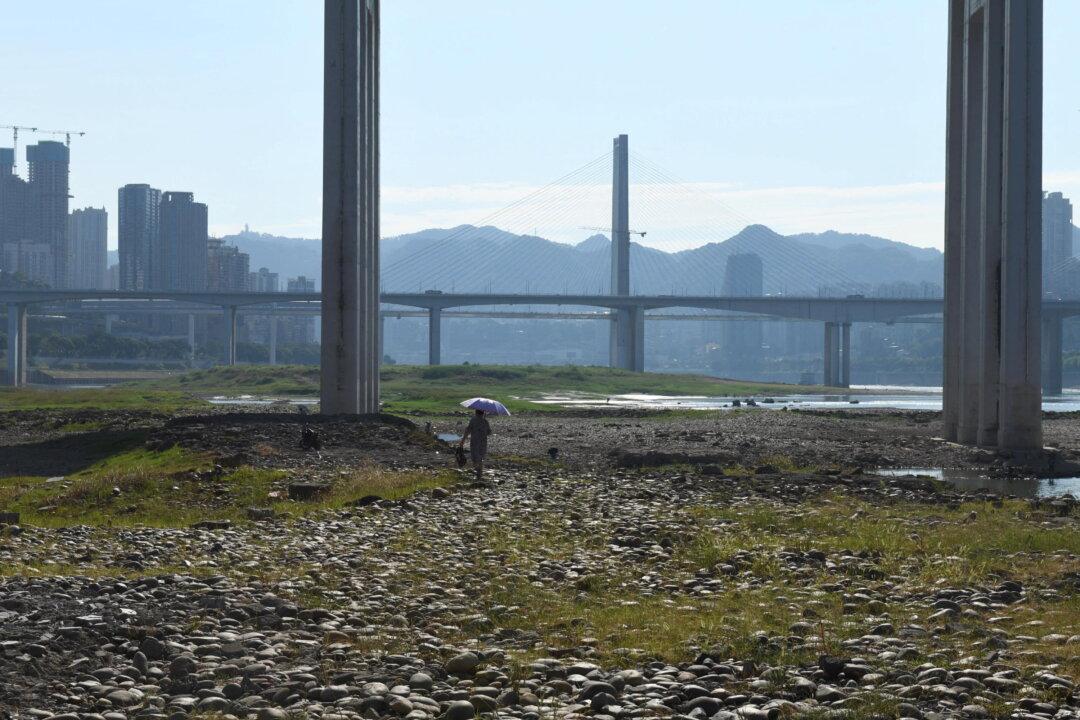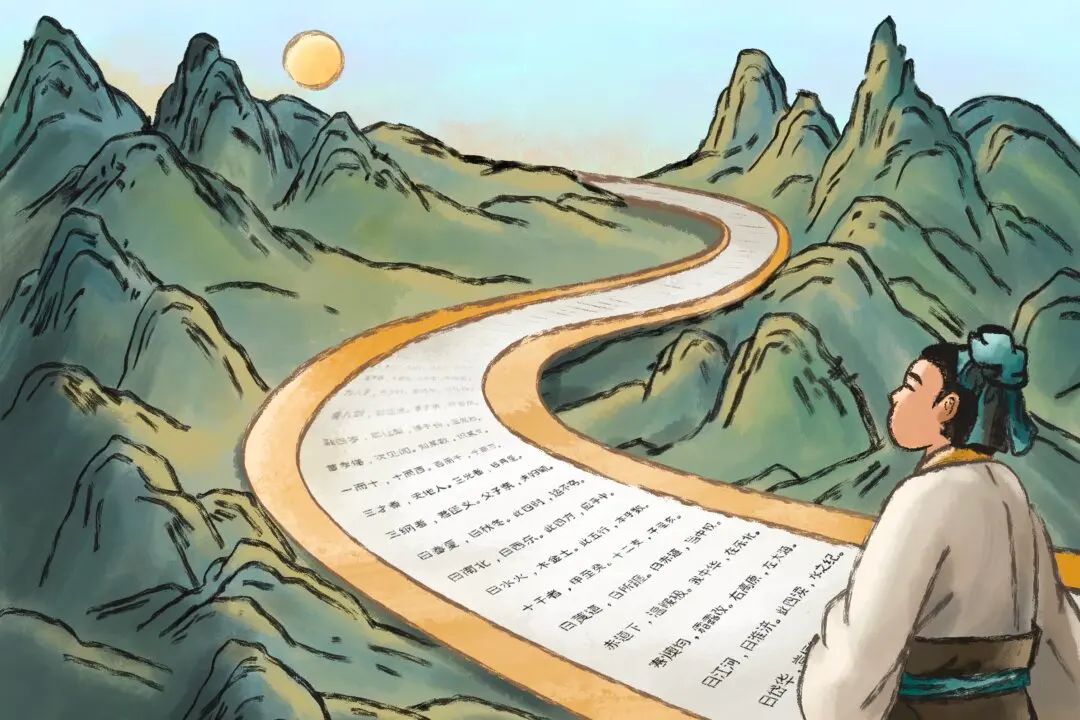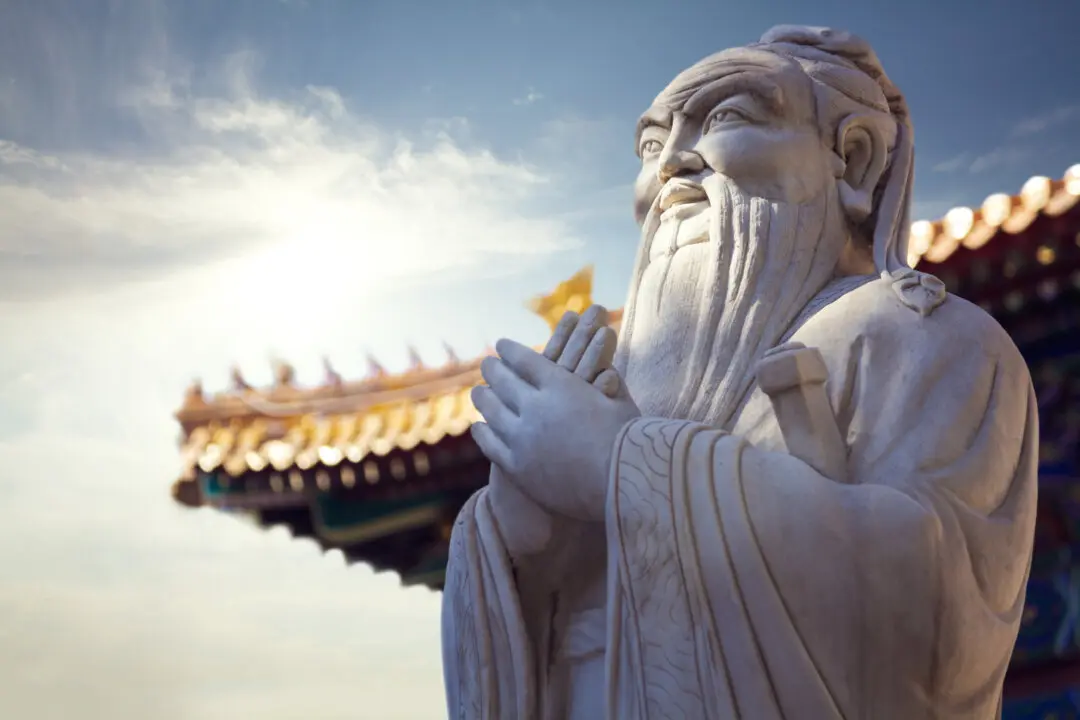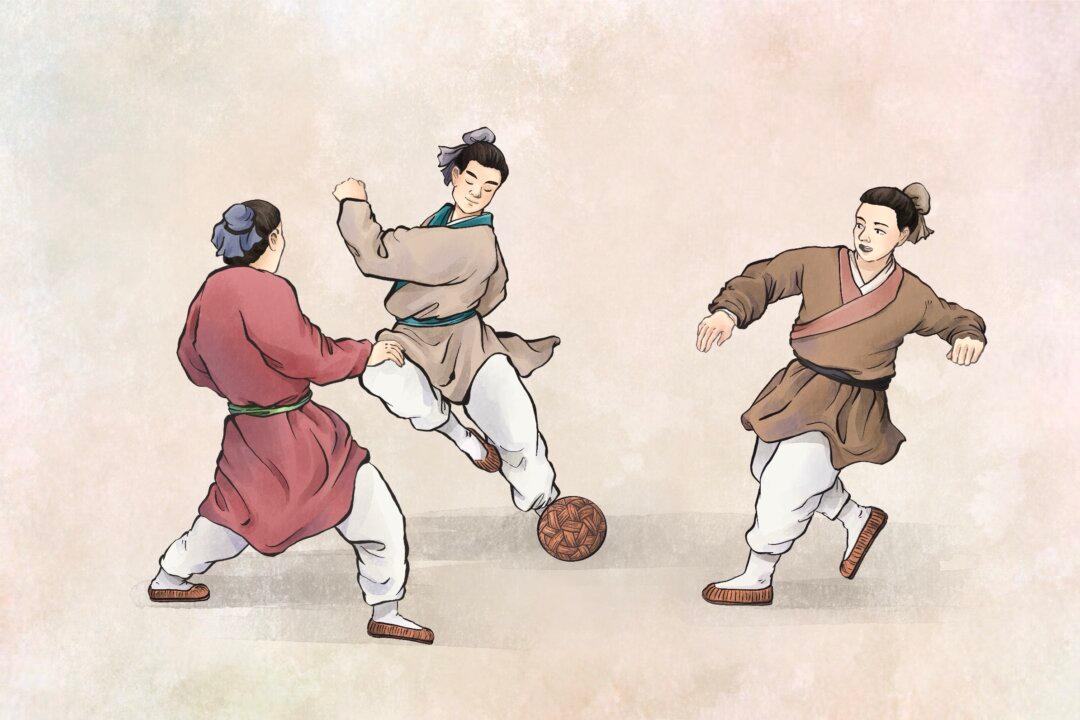Since July, China’s southern provinces have been hit by heatwaves and an ongoing drought. Parts of the Yangtze River are running dry, which is dramatically impacting farming, production, and the lives of the local people.
The Yangtze is the longest river in China and the third longest in the world.





